Samurai grave Khalkhin Gol
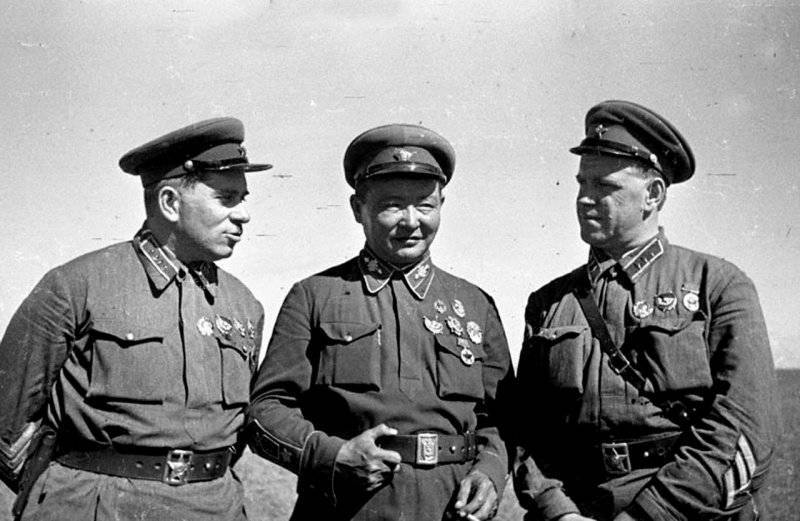
The spring of 1936 was held in small skirmishes on the Mongol-Manchu border. Trying to protect itself, on March 12, the MPR signed a protocol on mutual assistance with the USSR. At a session of the Supreme Council on May 31, Molotov confirmed that the Soviet Union would defend the borders of the MPR as well as its own. In September 1937, thirty thousand Soviet soldiers arrived in Mongolia, more than two hundred tanks and armored vehicles, about a hundred aircraft. The headquarters of the fifty-seventh special corps, under the command of N.V. Feklenko, is located in Ulan Bator.
However, this did not stop the Japanese, who continued to prepare for the attack. For the invasion, they chose a locality near Khalkhin-Gol, since the distance from this river to the nearest Soviet railway station was more than 750 kilometers. From the side of Manchuria there were two railways.
Unfortunately, the Mongolian leadership and commanders of the Soviet corps showed unpardonable negligence without preparing and studying the area. The border beyond the river was not guarded, there were no observation posts on the west bank. Our soldiers were doing woodworking. The Japanese at that time carried out reconnaissance of the future battlefield, issued excellent maps, conducted field trips of the officers of the troops assigned to the operation.
The lull ceased in January 1939 of the year. In the area of the river attacks on guard posts, shelling of border guards. The full-scale invasion began in May. 11, 14 and 15 numbers armed Japanese-Manchu troops numbering from two hundred to seven hundred people, accompanied by several armored vehicles, violated the border and got involved in fights with border guards. Japanese planes bombed Mongolian frontier posts, but the leadership of the 57 Corps still did nothing. It is known that 15 in May, all of our command went to the forest. Only the 16 of the first came the order Voroshilov, demanding to bring the troops into combat readiness.
Sent to the river, the sixth cavalry division of the MPR and the operational group of the eleventh tank brigade under the leadership of senior lieutenant Bykov, managed to push the enemy behind Khalkin-Gol to Manchuria on May 21. At the same time, the Japanese ambassador in Moscow received an official statement on behalf of the Soviet government: “Japanese-Manchu troops crossed the border of the Mongolian People’s Republic, without warning attacking the Mongolian units. Among the MPR soldiers there are wounded and killed. Also involved in the invasion, the Japanese-Manchu aviation. As all patience comes to an end, we ask that this not happen anymore. ” The text of the statement was sent to Tokyo. There was no answer to it.
Early in the morning of May 28, Japanese troops struck a new blow, crushing the Mongol cavalry and deeply seizing the left flank of Bykov’s detachment, threatening the crossing. Having barely escaped captivity, the Mongol-Soviet units retreated to the hills a couple of kilometers from the crossing, where they were able to detain the enemy. The 149 th Infantry Regiment came to the rescue and joined the battle on the move. The shootout went on all night, and in the morning the right flank of Bykov’s company was knocked out of its heights, mistakenly shot by friendly artillery. But the flamethrower tanks on the left flank destroyed the Japanese reconnaissance unit, Lieutenant Colonel Azum.
The battle subsided only in the evening. Having suffered significant losses, the Japanese led the troops into their territory, while the Soviet units left the eastern coast of Khalkhin Gol. Later, Feklenko reported to Moscow that this had to be done "under the pressure of many times superior forces of the enemy." Although the very absence of the Japanese Soviet intelligence found only four days later. Following the results of the battles, Feklenko was removed from his post, and G. K. Zhukov came to replace him.
Since the May battles showed a significant superiority of enemy aircraft, the first thing the Soviet command decided to increase the air force. In the last days of May, the 100 th bomber and 38 th fighter air regiments arrived at the 22 th mixed aviation brigade deployed on the territory of Mongolia. The struggle for air supremacy began.
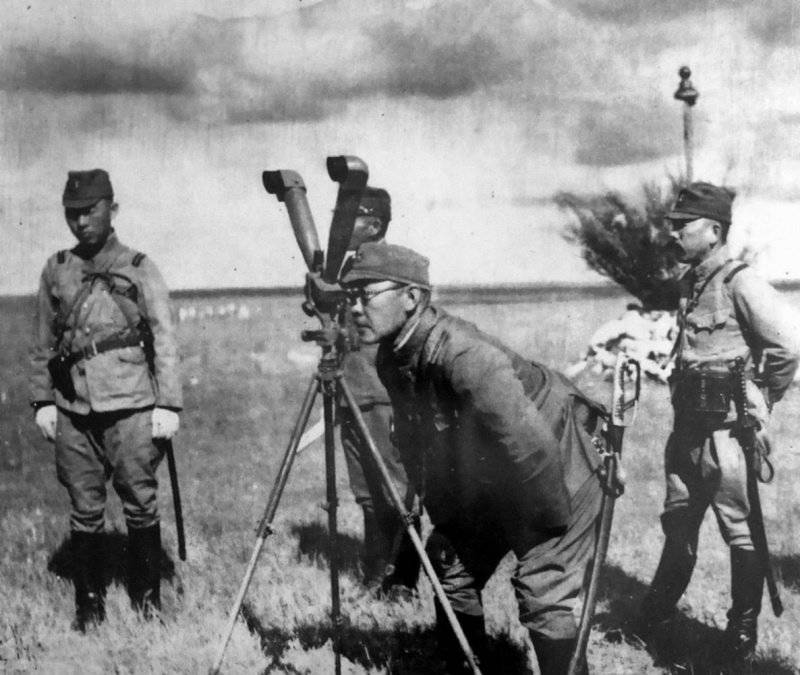 [Center]
[Center]On May 27, eight I-16 squadrons of airplanes on the airfield near Khamar-Dab received orders to take off on alert. It was already the fourth flight for this day. There were no encounters with the Japanese until this point, but two pilots burned the engines of their aircraft and remained at the base. Six fighters I-16 flew to the border one by one, gradually gaining height. At an altitude of two thousand meters, they collided with two links of Japanese fighters flying in the ranks. Once in a losing position, after the first attack, the pilots turned around and began to return, and the enemy who was above shot them to the airfield and even after landing. The result of the “battle” was deplorable - two of our pilots (including the squadron commander) died, one was wounded, two of the remaining burned engines. In the evening, Commissar of Defense Voroshilov explained to the command of the 57 corps of Moscow very clearly the position of the inadmissibility of such losses in the future.
However, 28 became a truly “black” day for domestic aviation. The order to fly into a given area of twenty aircraft managed to execute only three fighters And-15 bis. The rest were taken by surprise with the new “stop departure” order. There was no radio contact with the flying link, the pilots did not even understand that they were left alone. In the course of the assignment over the Khalkhin-Gol river, they were destroyed by superior forces of the Japanese. Three hours later, another X-Numx squadron of ten fighters was suddenly attacked in the clouds. Seven aircraft died very quickly, the enemy lost only one. After this day, the Soviet aircraft over Khalkhin Gol were not visible for two weeks, and the Japanese dropped bombs on our troops with impunity.
However, Moscow’s reaction to what happened immediately followed. Already on May 29, the best Soviet aces headed by the deputy head of the Red Army Air Force Smushkevich flew to Mongolia. Over the course of several weeks, a huge amount of work was carried out: flight crew training was organized, the supply of equipment was improved, and a network of landing pads was created. The number of vehicles brought to 300 units, against the enemy's 239.
In the next air battle, 22 June, the Japanese were opposed by a completely different opponent. The result of a fierce battle, which lasted more than two hours, was the retreat of the pilots of the rising sun, who lost their 30 aircraft. Our losses were also huge - 17 machines did not return to the bases. However, this was the first air victory since the beginning of the war.
The next three days showed that the Japanese would not be able to cope with the Russian pilots in the air, and then they decided to change tactics. On the morning of June 27, about thirty Japanese bombers together with 74 fighters attacked our airfields. In the areas of Tamtsak-Bulak and Bain-Tumen, the approach of the Japanese was detected and raised by fighters to intercept, disrupting attacks. But in Bain-Burdu-Nur everything turned out differently. Observation posts saw the enemy aircraft, however, presumably due to the actions of the saboteurs, they did not have time to report to the airfield in time. As a result, sixteen of our planes were destroyed on the ground. In spite of this, the Japanese didn’t manage any more in the air, the constant bombardment of the ground forces ceased, and the air battles with varying success until early August.
According to the idea of the Japanese military leaders, the second stage of this incident was to begin with a swift attack by the strike group on the west bank of Khalkhin Gol in the rear of the Soviet-Mongolian troops. Its goal was to cut off our wars from the east coast and at the same time prevent the reserves from approaching. The chilling group, which, in addition to infantry and cavalry, had two tank regiments, was to engage the Russians on the east bank of the river and prevent them from breaking through.
The offensive began on the night of July 2. Three times light Japanese tanks attacked Lieutenant Aleshkin’s battery, but failed to inflict significant damage. The next day, the first battle took place between ours and the Japanese tank crews. Having numerical superiority, the Japanese could not move forward one step. Smashing three tanks, they lost seven and retreated. Even more significant losses were inflicted on the enemy by the ninth motor-combat brigade. Having taken cover, the BA-10 armored cars with impunity shot nine tanks of the advancing enemy unit. Over July 3, the Japanese lost the 44 tank from the 73 on the east bank.
The shock group advanced much more successfully. Quickly crossing the river in the morning on the 3 number, she defeated the 15 th Mongolian Cavalry Regiment and headed south directly to the rear of the main forces of the Soviet forces defending the east bank. Towards the enemy were advanced: a detachment of the Mongolian cavalry, the 24-th motorized rifle regiment and the 11-th tank brigade. However, cavalry on the march was scattered by enemy aircraft, and the motorized infantry men lost their way and took up their appointed positions with an hour and a half late. As a result, at noon, without conducting reconnaissance and not having infantry support, the Japanese were immediately counterattacked by the 11 Tank Brigade. Cracking the Japanese defenses, she suffered terrible losses. More than half of the tanks were destroyed or destroyed. At 15 hours of the day, the armored battalion of the seventh motor-bronze brigade set off straight from the march. Having lost 50 armored vehicles from 33, he retreated. The interaction between the Soviet reserves was established only in the evening. By this time, all units had already suffered heavy losses in the course of single, uncoordinated attacks. Before the onset of darkness, another attack was carried out, by common forces, but the Japanese, pressed against the river, had time to dig in on Bain-Tsagan mountain in a day. Their echeloned defense repelled all attacks.
The next day, the Japanese leadership seriously miscalculated. It decided to withdraw its troops back to the river, but nearby there was only one single pontoon bridge created for the offensive. Entire crowds of Japanese soldiers and officers died on it from the fire of our aircraft and artillery. On the mountain of Bain-Tsagan, an enormous amount of equipment was left and weapons. When, without waiting for the final withdrawal of their troops, Japanese sappers blew up the bridge, thousands of Japanese began to jump into the water in a panic, trying to get to the water. Many of them drowned.
After that, the Japanese had no choice but to try to take revenge on the east bank of Khalkhin Gol. Since July 7, the enemy has continually attacked our units. The battles were fought with varying success, until finally, at night, the 12 numbers, taking advantage of our mistake, the Japanese failed to break through to the ferry, taking it under machine-gun fire. However, in the morning, Soviet troops surrounded the enemy’s units and, after a short furious battle, destroyed them. After that, there was a temporary lull on the eastern coast, which both belligerents used to build up forces, moving fresh reinforcements to the area.
At this time in the air, our pilots felt more and more confident. In late July, Soviet aviation took revenge for the attack on Bain-Burdu-Nur, attacking enemy airfields in the Ukhtyn-Obo, Uzur-Nur and Dzhinzhin-Sumy areas with impunity. A huge number of Japanese aircraft were destroyed on the ground, while trying to take off or during landing. And in early August, several prominent Japanese aces were killed in a series of air battles. Considering this, as well as the double numerical superiority of Soviet aircraft in the combat area, it was possible to speak of the domination of domestic aviation in the air.
By mid-August, our command had developed a plan of operation to defeat the Japanese. According to him, three groups were created - Central, South and North. The central group should have started a battle with the enemy along the whole front, holding it to the full depth. The southern and northern groups were to break through the defenses on the flanks and surround all enemy forces located between the border and the Khalkhin-Gol river. There were also prepared large reserves in case of assistance to the South or North group. A thorough reconnaissance of the front edge of the Japanese defense with aerial reconnaissance, “tongue capture” and photographing of the area was carried out. Much attention was paid to the enemy's misinformation. Leaflets were sent to the troops, how to behave defensively. There were false reports about the erected defenses. Powerful sound station created the impression of defensive work, imitating stakes driving. The movement of troops took place at night, and cars drove along the front with the silencers removed. All this turned out to be very effective, allowing the enemy to be taken by surprise.
20 August at dawn, Soviet aviation, consisting of 150 bombers, with cover from 144 fighters, targeted bombed enemy defenses to artillery preparation, which lasted 2 hours of 50 minutes. Fifteen minutes before the end of the airstrike repeated. The offensive of the Soviet troops on the whole front began at 9 in the morning. For the day of unceasing battles, the Central and South groups coped with their tasks. The northern group flew to a height called the Finger, on which the Japanese created a powerful defensive point, underestimated by our command. Desperately resisting, the Japanese managed to hold out at a height of four days.
Our fighters safely covered the bombers, while storming the Japanese airfields to force the enemy to move their aircraft away from the front. Unable to suppress the Russian aircraft, the Japanese pilots attempted to bomb the attacking ground forces, but the strike groups were intercepted by Soviet fighters. Then the Japanese tried to attack 21 in August of our airfields, but even then failure was waiting for them, all the planes were spotted on the approach. The losses of aviation in the Land of the Rising Sun were enormous, and all available reserves were put into battle, including obsolete biplanes.
21 August The southern group completed its task, cutting off the Japanese-Manchurian units located south of the small Haylastyn-Gol river to retreat to the east. To the north, our troops, bypassing the height of the "Finger", threatened to close the ring. 22 August, the Southern Group forces defeated the Japanese reserves that had appeared, and by the evening of 23 the encirclement of the enemy was completed. 24 and 25 August, the Japanese from outside tried to break through the ring, but were rejected. Surrounded units also escaped from the "boiler", falling under the hurricane fire of Soviet artillery. The elimination of small groups and singles dragged on until August 31. Strung up in dugouts and fox holes, the Japanese fought to the last man. 1 September 1939 of the year the territory of Mongolia was cleared of invaders.
On the border, clashes with the Japanese lasted another half a month. In addition to the daily skirmishes, 4, 8 and 13 of September, the Japanese unsuccessfully attacked our positions. Soviet pilots who patrolled the border constantly engaged in battles with the enemy. Only September 15 signed a ceasefire agreement, 23 numbers Soviet troops allowed Japanese funeral teams to arrive on the battlefield. Removal of corpses took a whole week. The Japanese positions were tightened with black smoke - the “samurai” gave fire to the remains of the fallen soldiers, and the ashes were sent to their relatives in Japan.
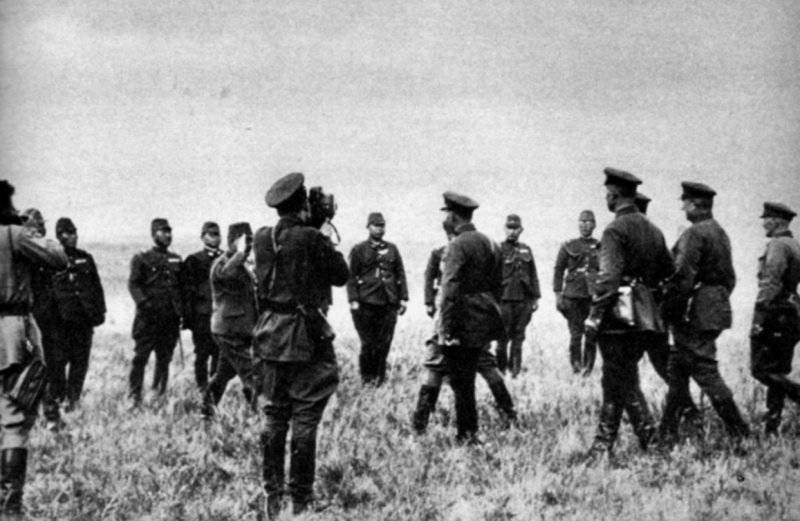
The Soviet side announced that the Japanese had lost as a result of the military conflict about 22 thousands of people killed, 35 thousands wounded. The adversary calls far more modest numbers - 8,5 thousands killed and 9 thousands wounded. However, these values arouse serious suspicions of truth. Soviet troops lost about eight thousand people killed and sixteen thousand wounded during the military conflict. Also, the losses of the Soviet troops were very high in armored vehicles (133 armored vehicles and 253 tanks), since it was tank units that had to bear the brunt of the battles. This is confirmed by the large number of tankers awarded the title Hero of the Soviet Union during the fighting at Khalkhin Gol.
The Japanese side gives completely different data on the loss of our troops. And they lie absolutely shamelessly, the numbers cannot even be called fantastic. For example, according to them, 1370 Soviet aircraft were destroyed at Khalkhin Gol, which is twice the number of aircraft we had there.
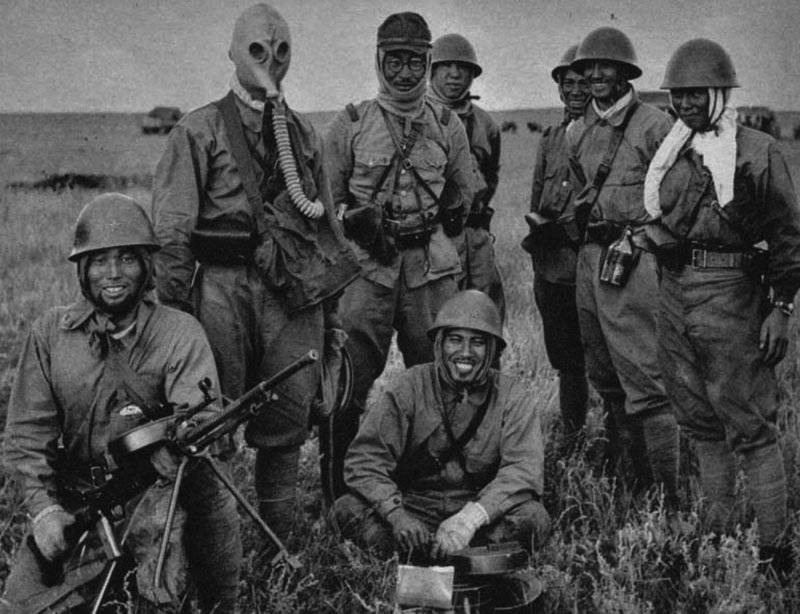
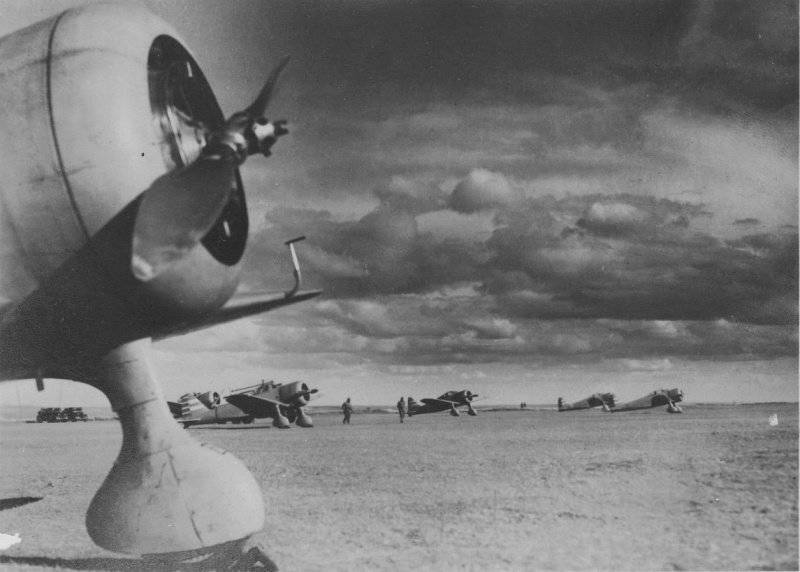
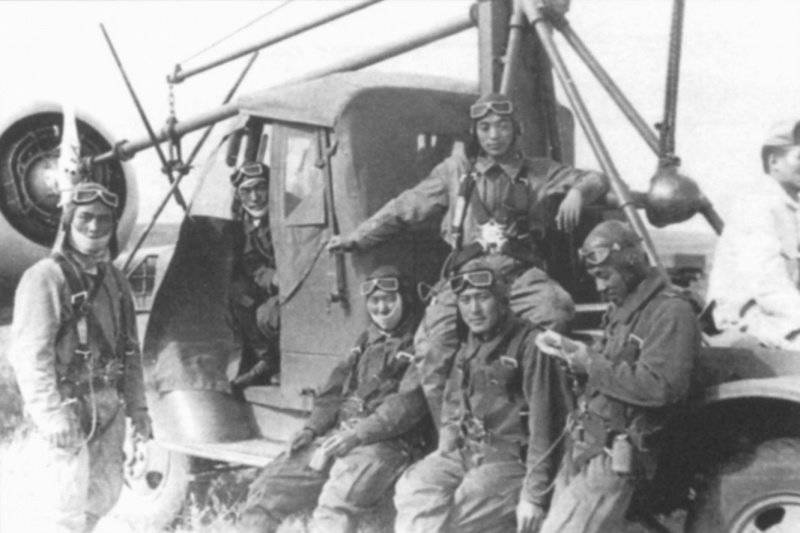
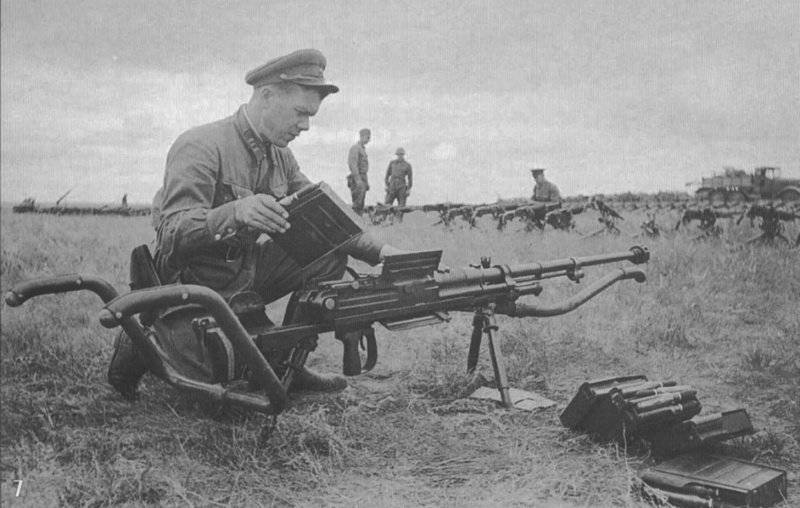
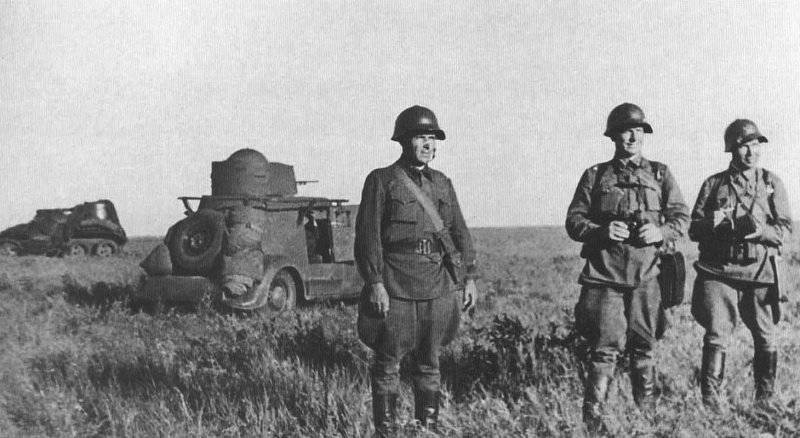
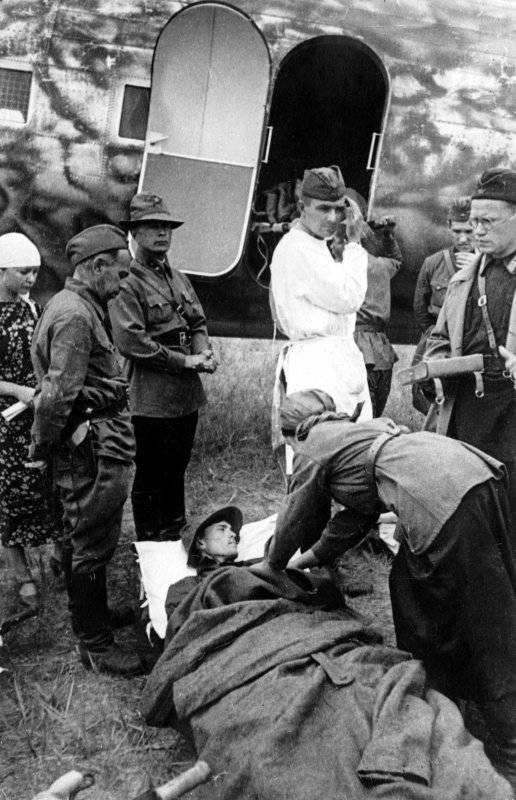
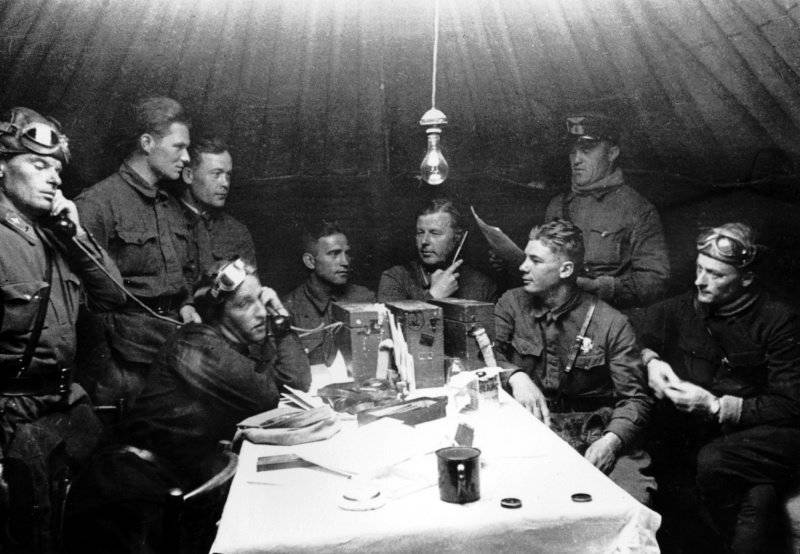
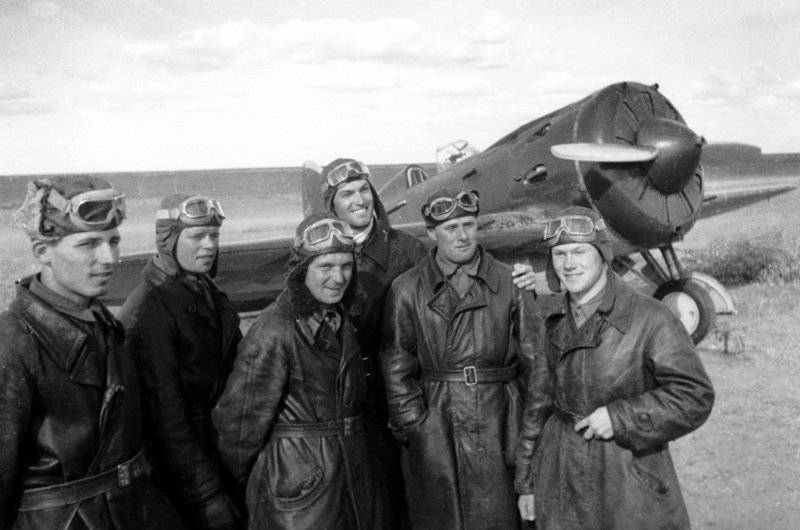
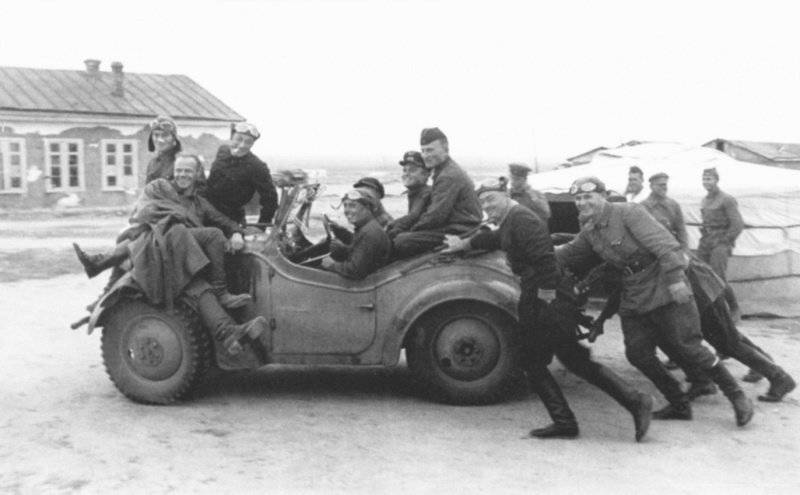
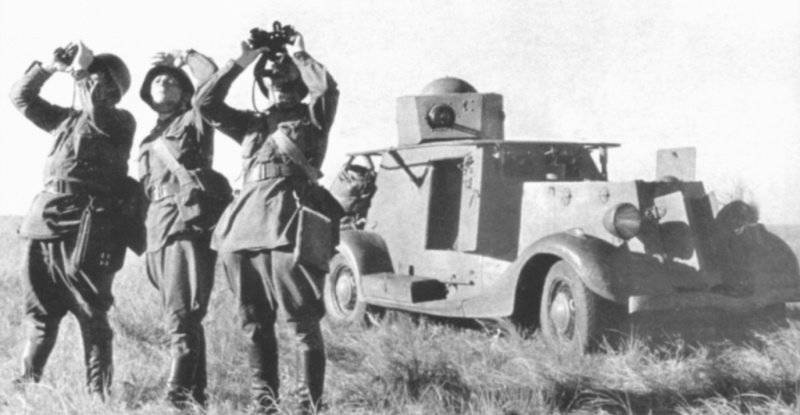
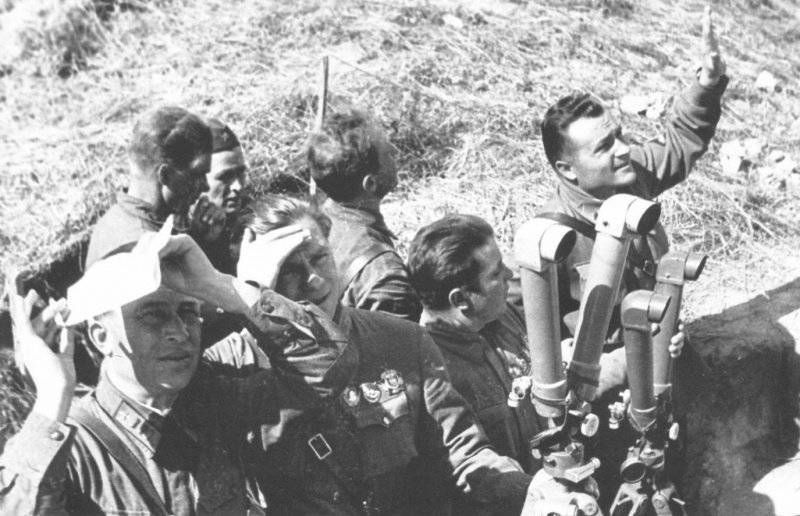
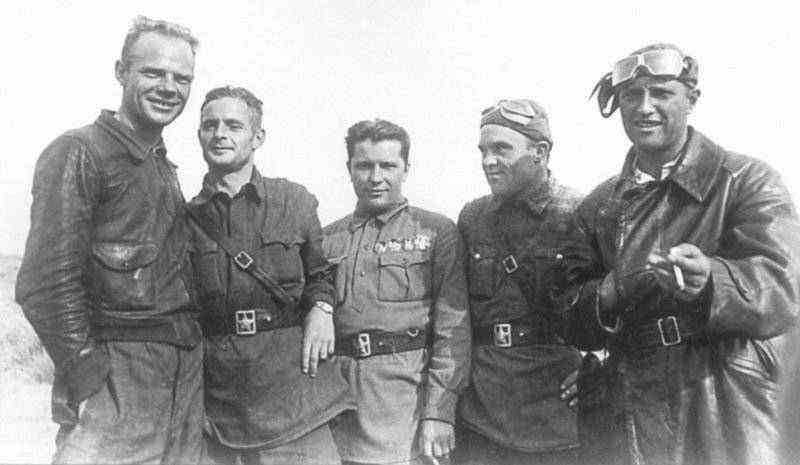
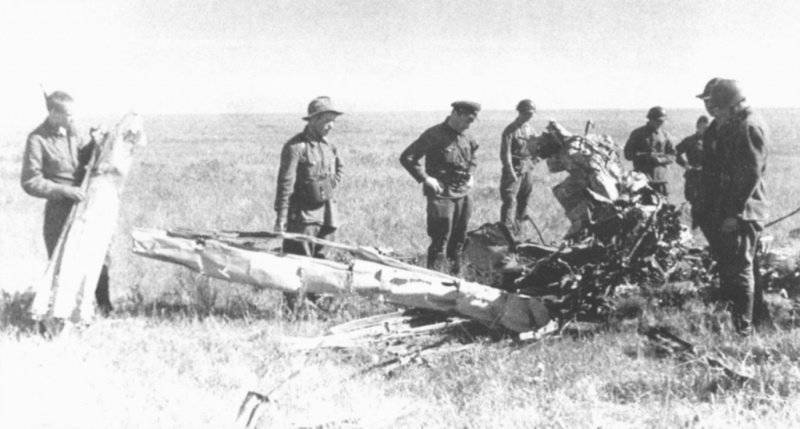
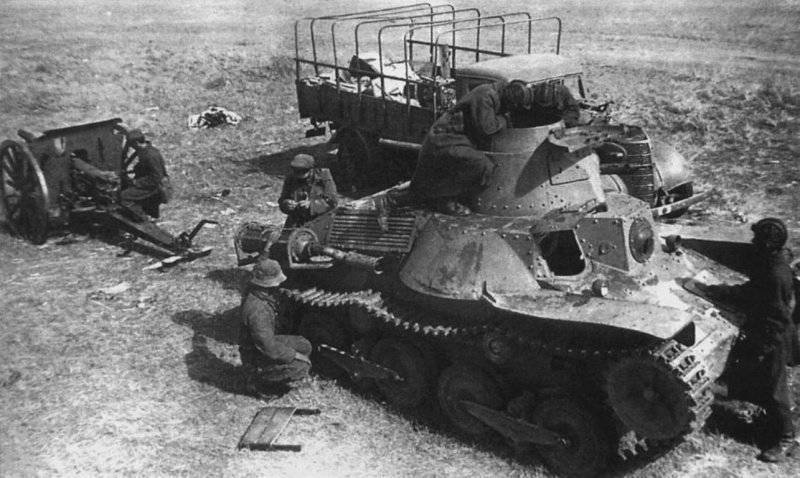
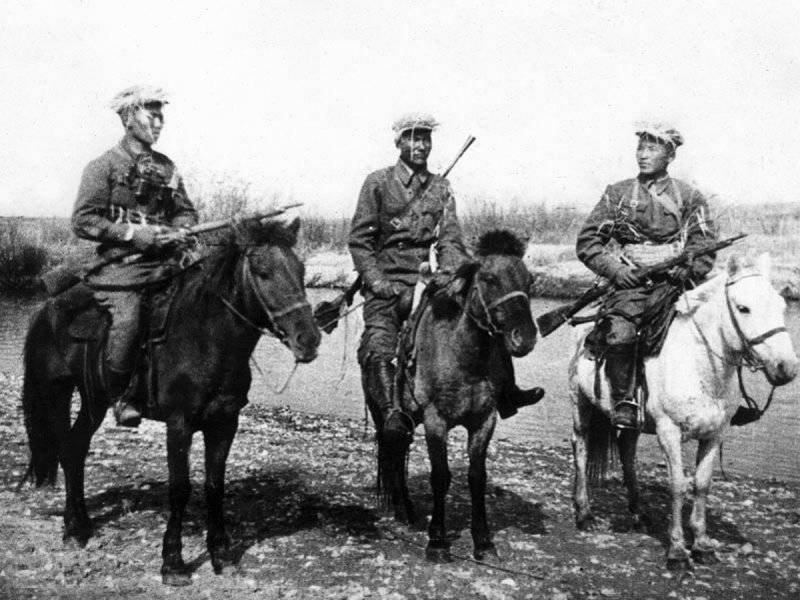
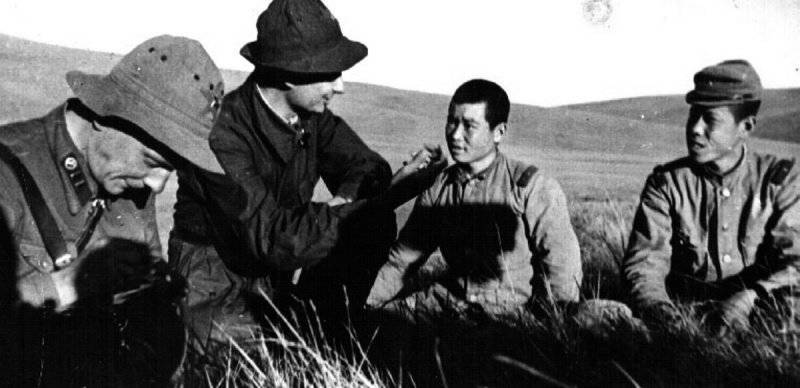
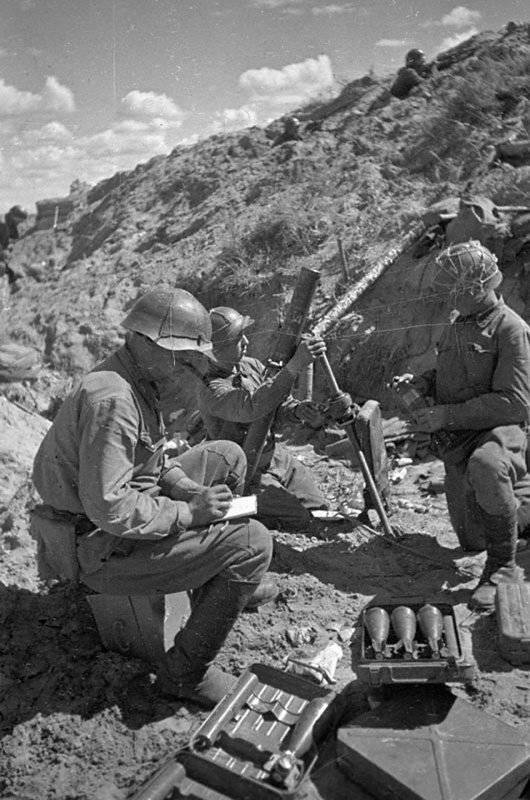
Information